Anas Ibn Malik (R.A) reported the Messenger (SWS) said, “Indeed the best of remedies you have is cupping (Hijama)…” Saheeh Al Bukhari
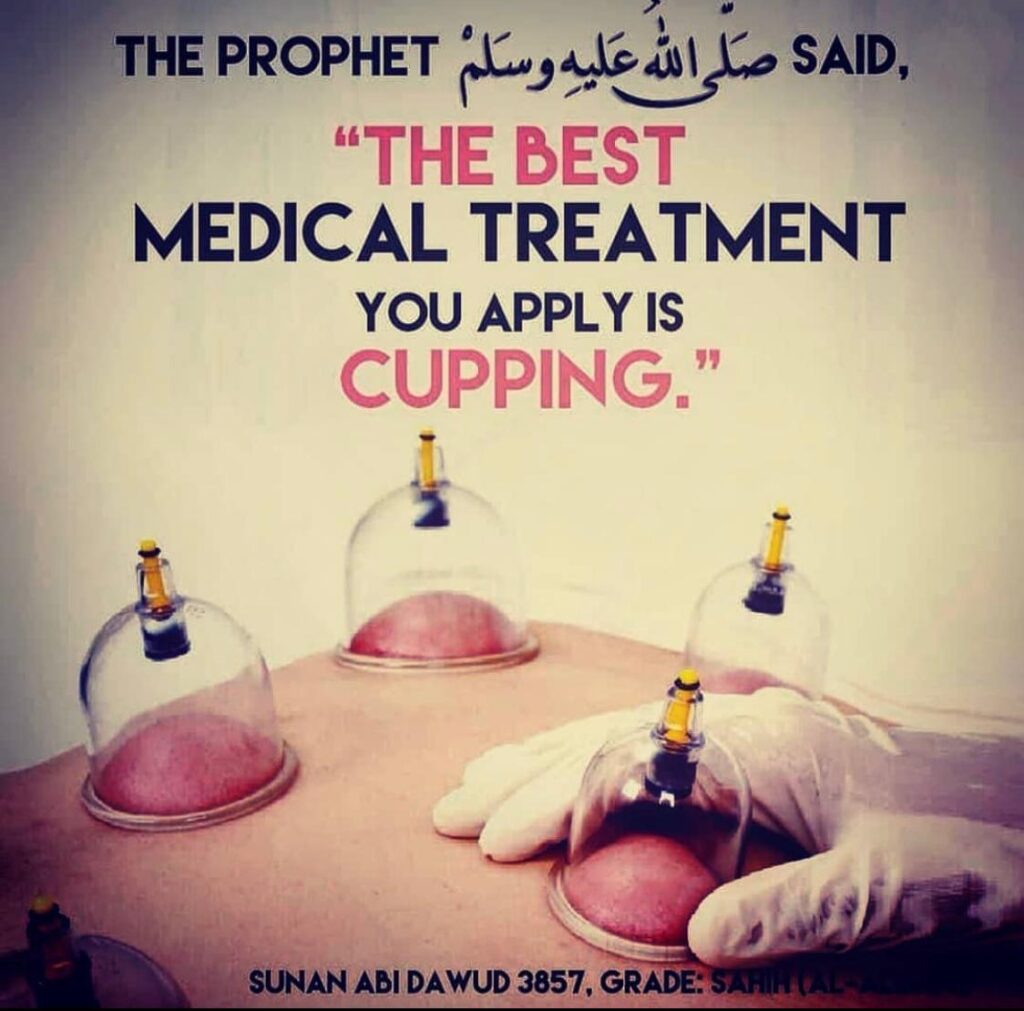
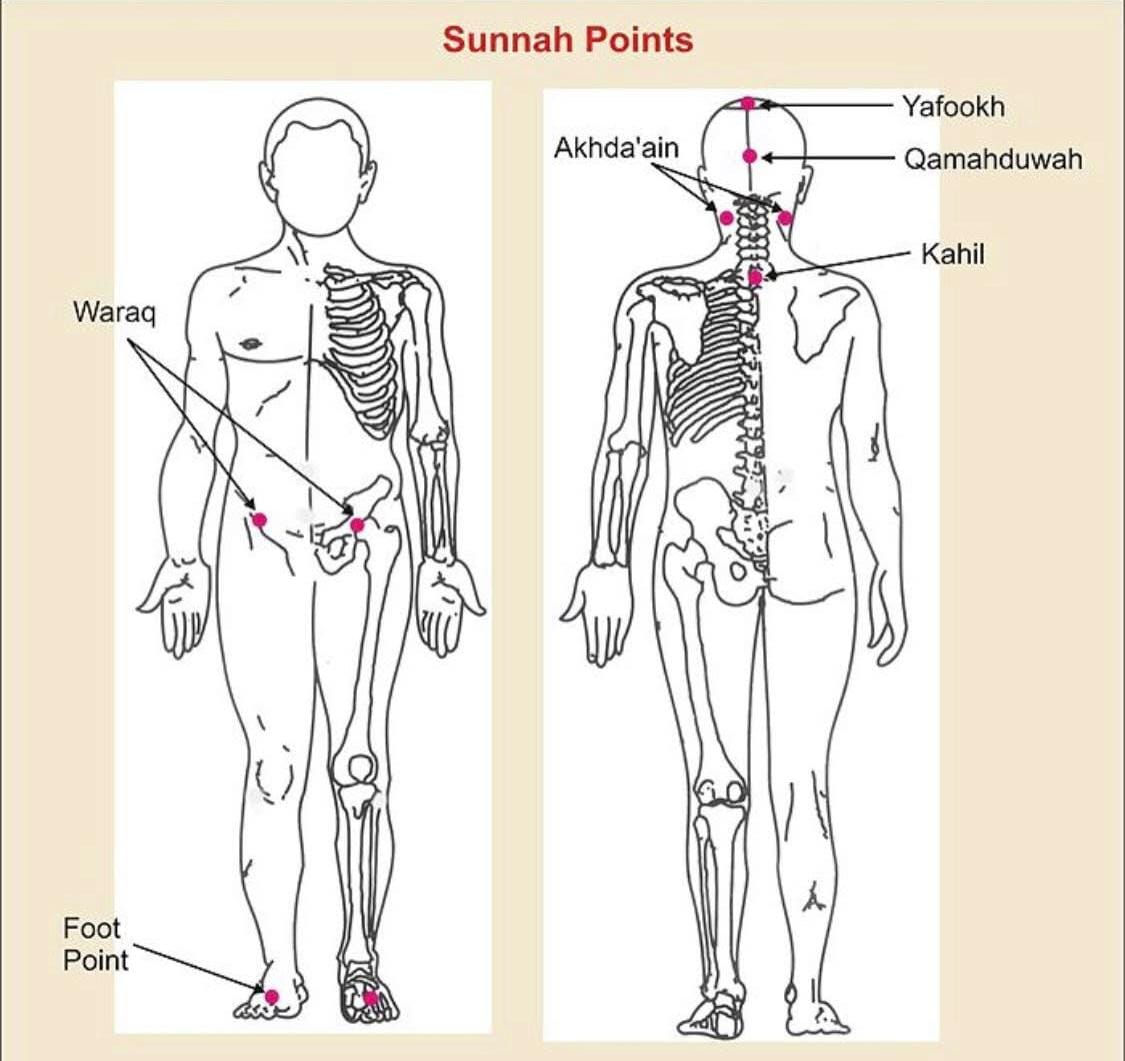
What is Hijama?
Hijama is an Arabic word for wet cupping. It is one of the oldest remedies known to man. More importantly, it is a sunnah of our beloved Prophet Muhammad (SAW). It is a treatment recommended to us by our Prophet Muhammad. Hijama/cupping has many benefits ranging from helping with hair loss to infertility. There are many benefits to cupping including, but not limited to; helping with migraines, blood pressure, chronic back pain, eczema, circulation issues, trapped nerves, gout, improving inflammation in the body, boosting your immune system, and more.
Certified Hijama Practitioners
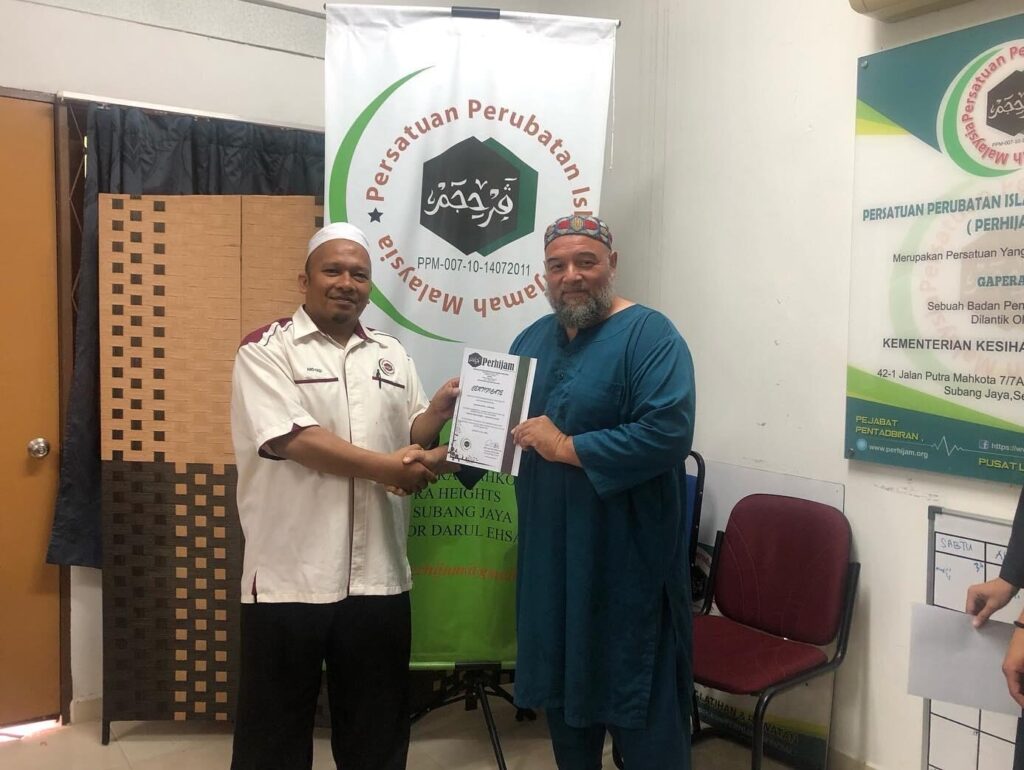
HUSAIN ABDUL-WAHAAB
Lorem ipsum dolor sit amet, consectetur adipiscing elit. Ut elit tellus, luctus nec ullamcorper mattis, pulvinar dapibus leo.
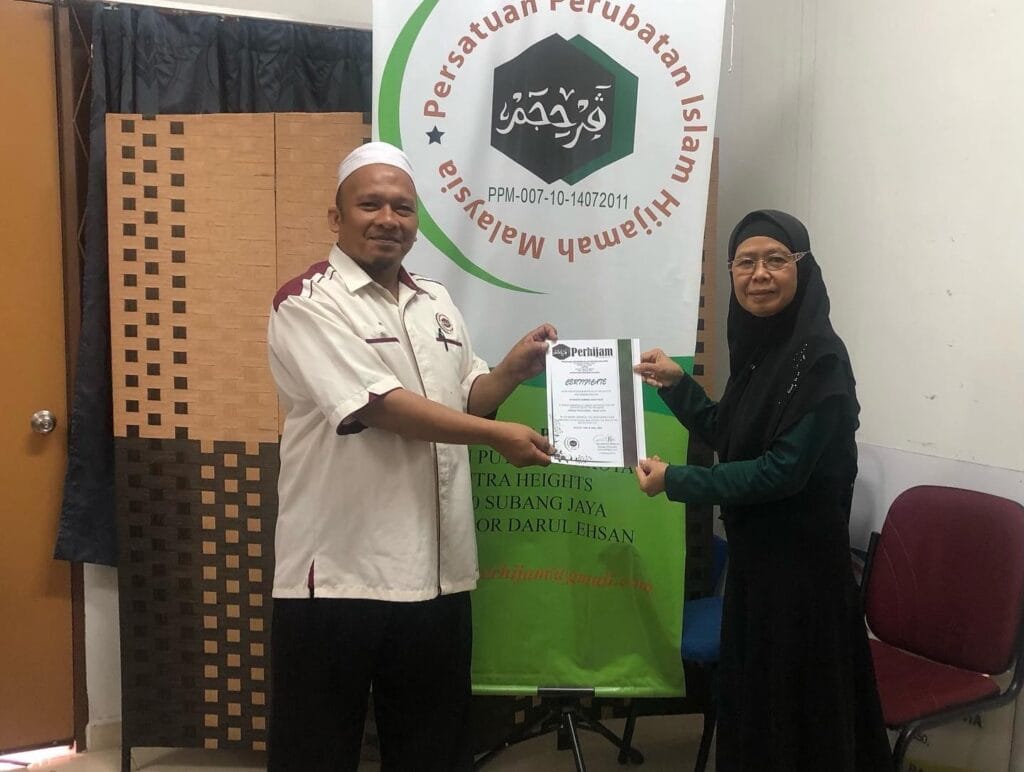
SHARIFAH ABOUTALEP
Lorem ipsum dolor sit amet, consectetur adipiscing elit. Ut elit tellus, luctus nec ullamcorper mattis, pulvinar dapibus leo.
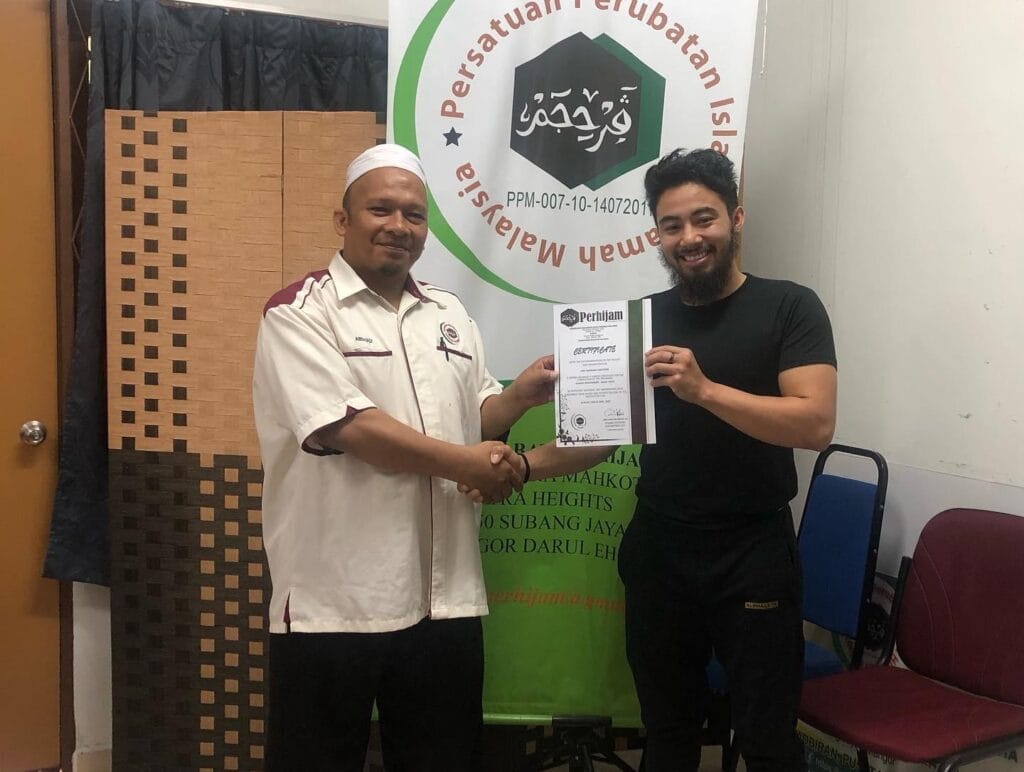
ABU-HURAIRAH SAUCEDO
Lorem ipsum dolor sit amet, consectetur adipiscing elit. Ut elit tellus, luctus nec ullamcorper mattis, pulvinar dapibus leo.
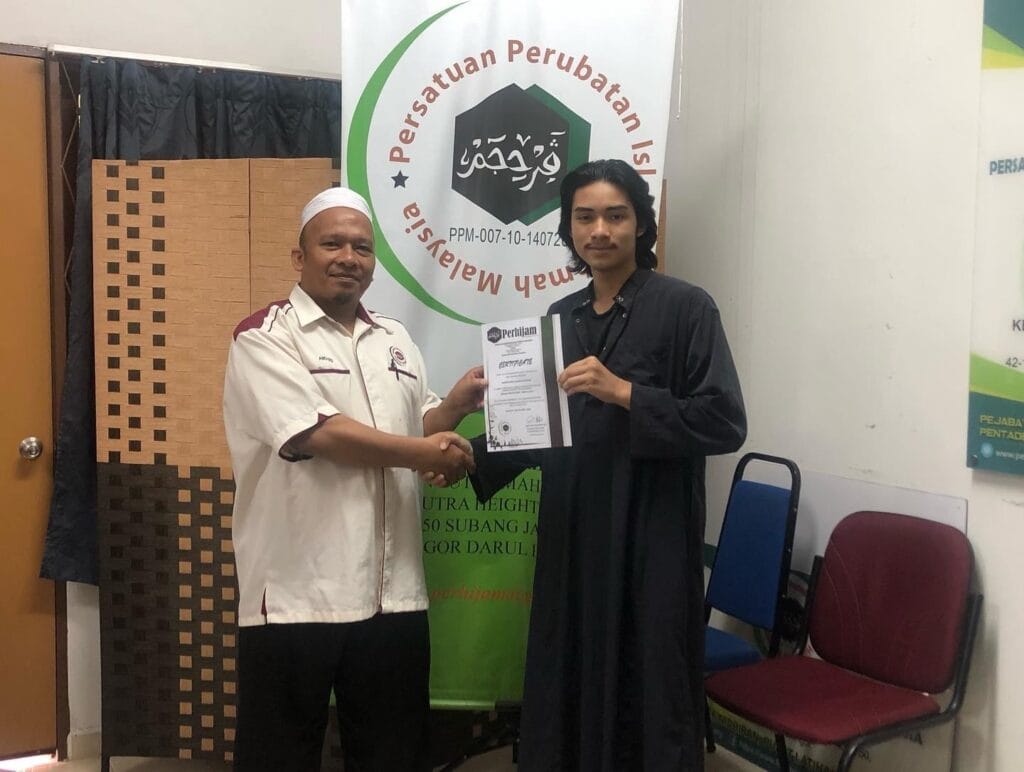
HAMZAH SAUCEDO
Lorem ipsum dolor sit amet, consectetur adipiscing elit. Ut elit tellus, luctus nec ullamcorper mattis, pulvinar dapibus leo.

